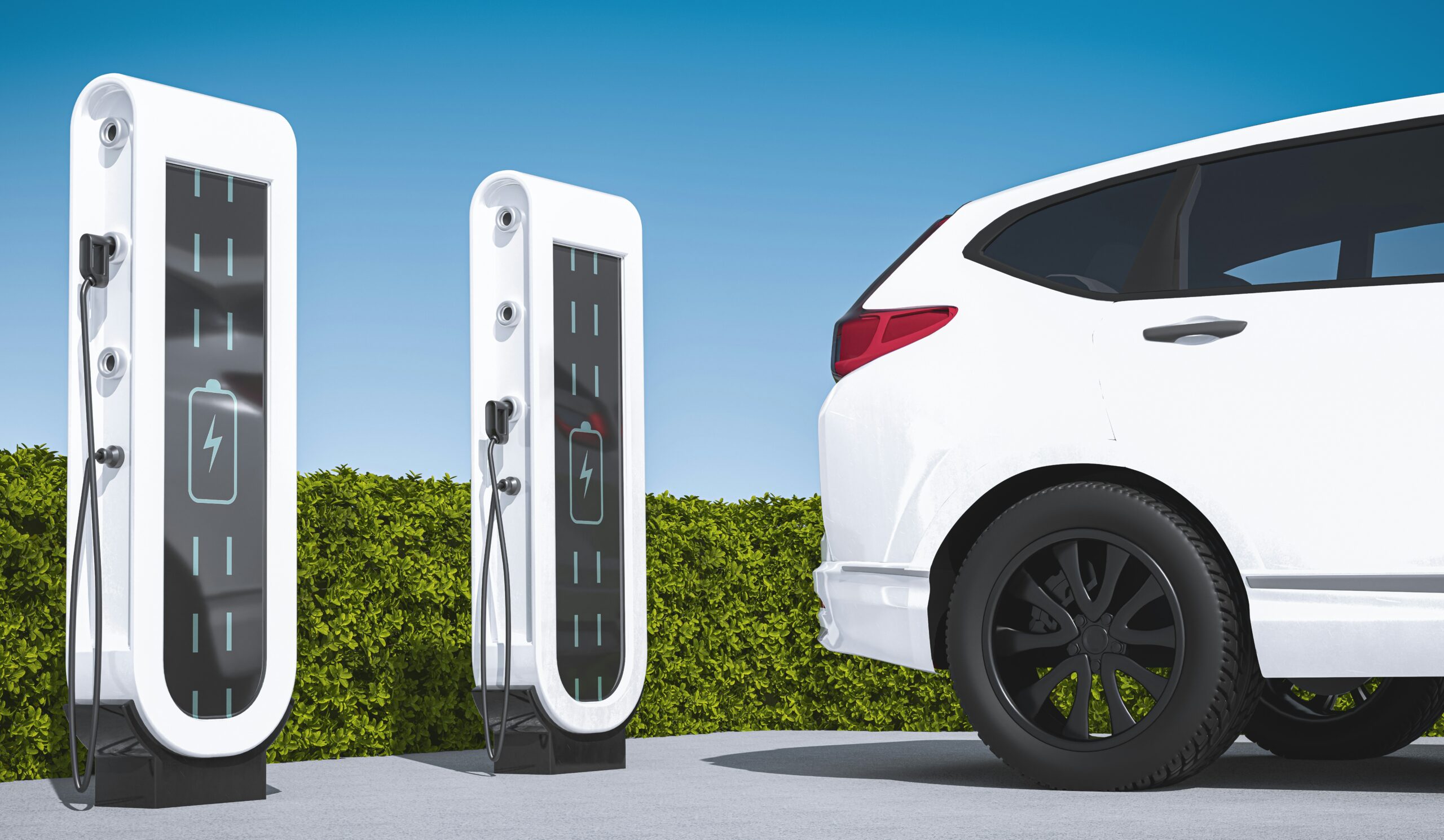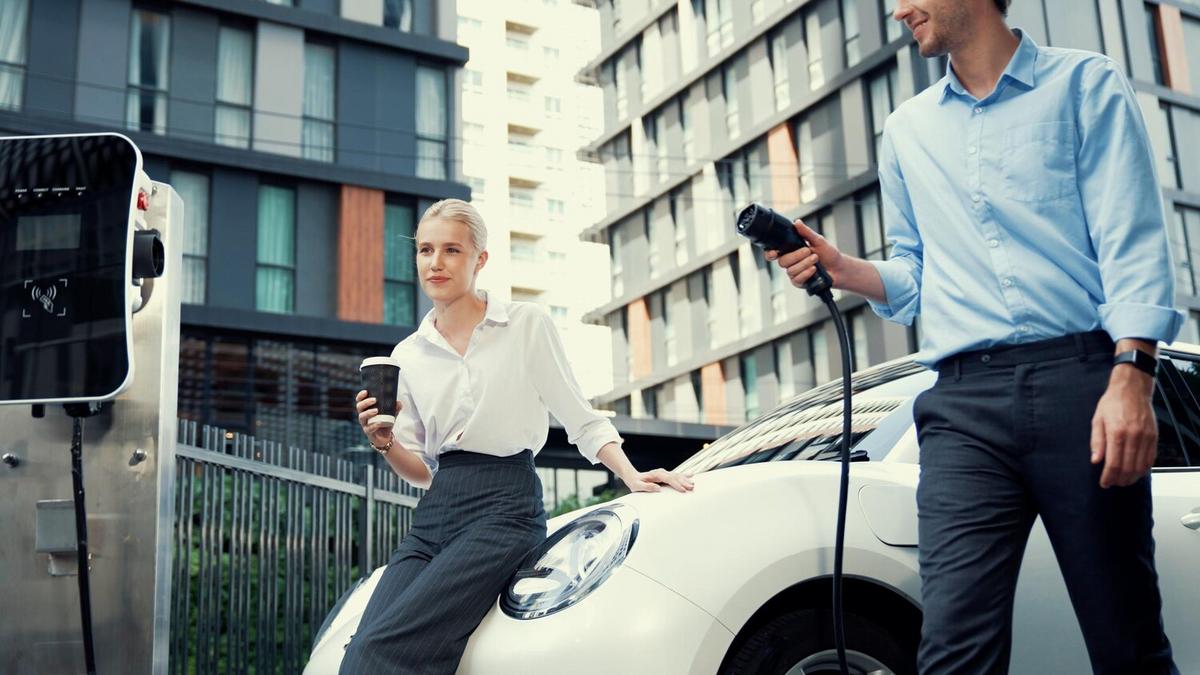Electric vehicles (EVs) are revolutionizing the automotive industry, and as we look towards 2025, exciting trends are emerging that promise to reshape the landscape even further.
The electric vehicle market is experiencing rapid growth, driven by technological advancements, environmental concerns, and government incentives. As we move into 2025, several key trends are expected to dominate the EV sector, offering significant opportunities and challenges.
The Rise of Solid-State Batteries
One of the most anticipated developments in the EV industry is the maturation of solid-state battery technology. Unlike traditional lithium-ion batteries, solid-state batteries offer higher energy density, faster charging times, and improved safety. According to a report by McKinsey, the commercialization of solid-state batteries could begin as early as 2024, potentially reducing costs and enhancing the performance of EVs.
Expansion of Charging Infrastructure
As EV adoption increases, the demand for accessible and efficient charging stations grows. Governments and private companies are investing heavily in expanding charging infrastructure. For instance, the U.S. Department of Energy has pledged millions to improve the availability of charging points nationwide. This expansion is crucial for alleviating range anxiety and making EVs a viable option for more consumers.
Integration of Artificial Intelligence
Artificial intelligence (AI) is playing a pivotal role in enhancing the EV experience. AI-driven systems are optimizing battery management, improving autonomous driving features, and offering personalized user experiences. A survey by PwC found that 67% of auto executives believe AI integration will significantly impact the industry by 2024.
Increased Focus on Sustainability
The push towards sustainable practices is influencing all aspects of EV production, from sourcing raw materials to manufacturing processes. Companies are striving to reduce their carbon footprint, with many pledging to achieve carbon neutrality by 2030. This trend is not only environmentally beneficial but also appeals to eco-conscious consumers.
Vehicle-to-Grid (V2G) Technology
Vehicle-to-grid technology allows EVs to communicate with the power grid, providing a two-way exchange of electricity. This innovation enables EV owners to sell excess energy back to the grid, offering financial incentives and aiding in grid stability. V2G technology is expected to gain traction, with several pilot projects already underway globally.
Emergence of Electric Commercial Vehicles
While passenger EVs have been the focus, electric commercial vehicles are set to take center stage in 2024. Companies like Amazon and UPS are investing in electric delivery trucks and vans to reduce emissions and operating costs. This shift is expected to transform logistics and supply chain operations.
Autonomous Electric Vehicles
The convergence of EVs and autonomous technology is creating a new frontier in the automotive sector. Companies are testing autonomous electric vehicles in urban environments, with the goal of launching fully autonomous fleets by the end of the decade. This trend promises to enhance urban mobility and reduce traffic congestion.
Pro Tip
Consider investing in a home charging station to complement public infrastructure. It offers convenience and can increase your property’s value.
FAQ
Frequently Asked Questions
What is the main advantage of solid-state batteries?
Solid-state batteries provide higher energy density and faster charging times, making them a promising alternative to traditional lithium-ion batteries.
How does V2G technology benefit EV owners?
V2G technology allows EV owners to sell excess electricity back to the grid, providing financial incentives and supporting grid stability.
Conclusion
As we approach 2024, the electric vehicle industry is poised for transformative changes. From advancements in battery technology to the integration of AI and sustainable practices, these trends will shape the future of transportation. By staying informed and adaptable, consumers and businesses alike can capitalize on these opportunities, driving the shift towards a more sustainable future.




Leave a Reply